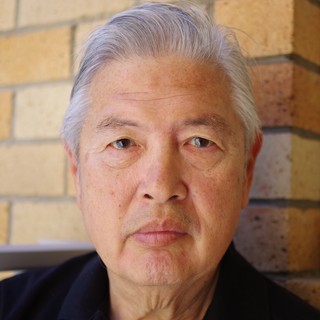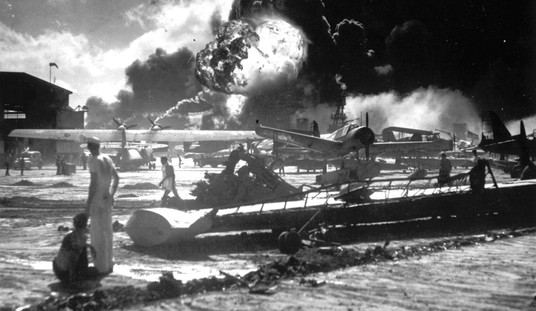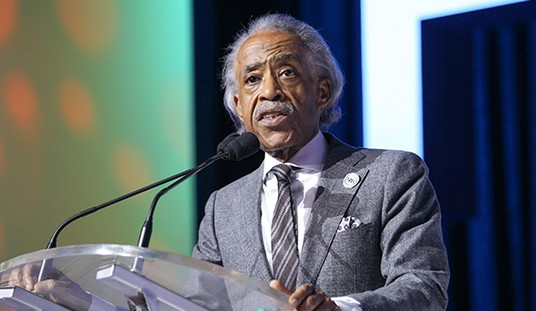In the mid-2020s, and more particularly in 2024-2025, a series of youth-driven protests—often dubbed "Gen Z revolutions"—has broken out in Third World countries. A partial list is shown below.
Country/Region | Year | Cause of Unrest | Outcome/Status |
Kenya | 2024 | Tax hikes amid rising prices, youth unemployment (over 35%), and corruption | Changes were made to Kenyan law |
Bangladesh | 2024 | Job quota system favoring political elites | Ousted Prime Minister Sheikh Hasina; interim government installed. |
Nepal | 2025 | Corruption scandals and economic stagnation; | Youth stormed parliament. Government collapse; new elections called. |
Madagascar | 2025 | Food insecurity and election fraud claims. | Gen Z-led blockades. President pressured to resign; youth coalition in talks for reforms. |
Morocco | 2025 | Unemployment (youth rate ~30%) and drought-induced crises. | "GenZ 212" online group mobilized via social media. Partial cabinet reshuffle; protests continue. |
Indonesia & Philippines | 2025 | Anti-corruption drives against dynastic politics. | Some concessions, otherwise no result. |
Peru | 2025 | Inequality and mining corruption; youth clashed with police in Lima. | Investigations launched. |
Mexico | 2025 | Anti-cartel anger and perceived elite capture of President Sheinbaum by gangs; "Gen Z rebellion" stormed palace walls. | Still unresolved |
This phenomenon has not been systematically explained. Here is my attempt. Two things stand out as common causes for this revolutionary wave. First, the source of discontent across instances is political corruption. Second, the common accelerant of outrage across countries is social media and the Internet. Gen Z gets information about elite malfeasance through online apps that previous generations would otherwise not have obtained through newspapers and mainstream media. What they’ve learned has made them angry.
Although there has always been elite malfeasance, its scale has probably increased dramatically. One proxy indicator for corruption is the size of organized crime in the Third World. The Global Organized Crime Index (whose heat map shows the Third World glowing red) warns that organized crime is monstrously huge, resilient, and networked. It no longer consists of dumb, subsistence criminals. Rather, it is made up of ruthless, highly educated, socially prominent bosses whose power rivals that of nation-states.
None of this would have been possible in the 19th and 20th centuries. The infrastructure of the digital age has made it possible for criminal organizations to grow to a scale never before seen in history. The Sinaloa Cartel, Tren de Aragua, and MS-13 thrive in Latin America. Wagner-linked militias, Nigerian syndicates, and their connection in the Gulf have made them capable of taking over whole nations. The Sudan genocide itself is well within their capability. The scam compounds run by Chinese gangs in Southeast Asia operate factory-sized fraud compounds manned by thousands of slaves in cities deep in the jungle that would have been the stuff of science fiction only a few decades ago.
All of this is knitted together by modern banking, offshore havens (e.g., Cayman Islands, Panama), and digital assets like cryptocurrencies that allow corrupt actors to hide, launder, and move illicit funds globally. The Panama Papers (2016) exposed how 11.5 million documents revealed shell companies used by politicians, oligarchs, and criminals to evade taxes and bribes. The scale and speed of this network stagger the imagination: Global finance handles ~$100 trillion in cross-border payments annually (per SWIFT data). Within this vast river of funds, authorities estimate 3-5% of global GDP ($3–5 trillion) is laundered money yearly, much through legitimate banks. Examples abound:
In 2012, Europe’s biggest bank HSBC, paid a $1.9 billion fine to avoid prosecution for facilitating the laundering of at least $881 million in Mexican and Columbian drug cartel money. The investigation also identified the transfer of money to accounts linked to groups suspected of terrorism.
Dutch lender Rabobank was found to have accepted at least $369 million in illegal proceeds from drug trafficking between 2009 and 2012. The bank pleaded guilty to one count of conspiracy to defraud the United States after lying to the regulators who were investigating the matters.
And the bank Wachovia, now part of Wells Fargo, agreed to pay $160 million in 2010 after it was found to have laundered at least $100 million in drug money.
Court filings suggest that, since 2006, many US banks have reached settlements with the Justice Department over money laundering. In fact, the Justice Department has signed agreements, often withholding prosecution in exchange for bank promises to tighten oversight, with American Express, Union Bank of California, Lloyds, Credit Suisse, ABN Amro Holding, Barclays and Standard Chartered.
Without computers, cryptocurrency, and the bank down the corner, large-scale corruption (e.g., embezzling billions like Nigeria's Sani Abacha, who stole ~$5 billion in the 1990s via Swiss banks) would be logistically impossible. But thanks to our marvelous technologies, the size and scale of organized gangs have morphed into hyper-connected networks that link the genocidaires, kleptocrats, and tyrants together. The result is an unstoppable tsunami of corruption washing through Russia, Ukraine, China, Africa, Latin America, South Asia, and North America that almost nothing can stop.
At the same time, billions of young people are suddenly aware of this monstrous organism that is draining their youth, dreams, and their lives away, through the very same devices that have enabled the corrupt elites. Their anger is breaking out in what the press calls the Gen-Z revolutions. The result is an irresistible force headed straight for an immovable object. The information revolution has set two locomotives rushing headlong toward each other. One is the runaway armored train of political corruption and organized crime. The other, on a collision course, are carriages laden with billions of youths suddenly aware that their “leaders,” legislators, and social leaders have sold them out for gold.
It’s not a flash in the pan, but the first of a series of crashes caused by the burgeoning of corruption and a simultaneous rise in the awareness of that corruption. It has only just begun.










